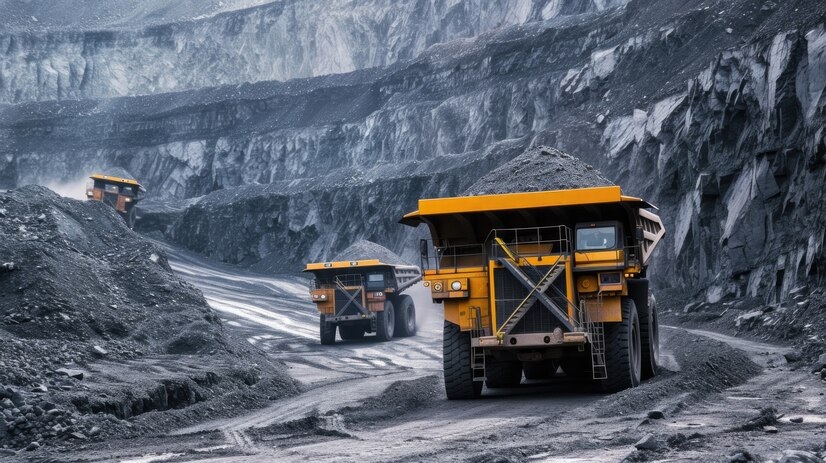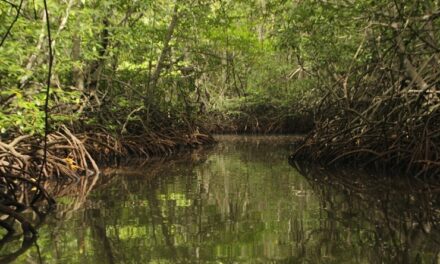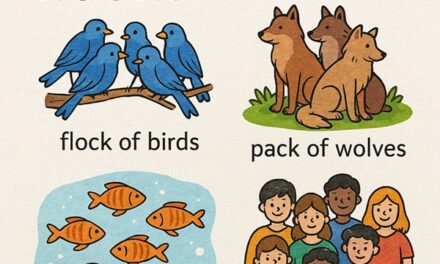India is blessed with a wealth of natural resources that contribute to its economic development and cultural heritage. From fertile soils and abundant water sources to rich mineral deposits and diverse biodiversity, India’s natural resources are as varied as its landscapes. The country is home to vast agricultural lands, supporting the cultivation of crops such as rice, wheat, sugarcane, and cotton, which are essential for food security and livelihoods. India also boasts rich mineral reserves, including coal, iron ore, bauxite, and limestone, which are vital for powering industries and infrastructure development. Additionally, India’s extensive coastline and numerous rivers provide abundant water resources for irrigation, hydroelectric power generation, and fisheries. The country’s diverse flora and fauna, found in its forests, wetlands, and coastal ecosystems, are invaluable for ecological balance, biodiversity conservation, and tourism. While India’s natural resources are vast and abundant, sustainable management and conservation efforts are essential to ensure their long-term availability and resilience in the face of environmental challenges and climate change.
The worksheet covers the following topics-
Resources and their types
Natural resources, Man-made resources
Types of natural resources
Exhaustible Resources- Coal, petroleum
In-exhaustible Resources- Solar, air, plants, water, soil,
Conservation of Resources
These questions aim to challenge grade 4 students to think critically about the characteristics, uses, and implications of renewable and non-renewable natural resources. They encourage exploration of environmental impacts and considerations for sustainable resource management.

















